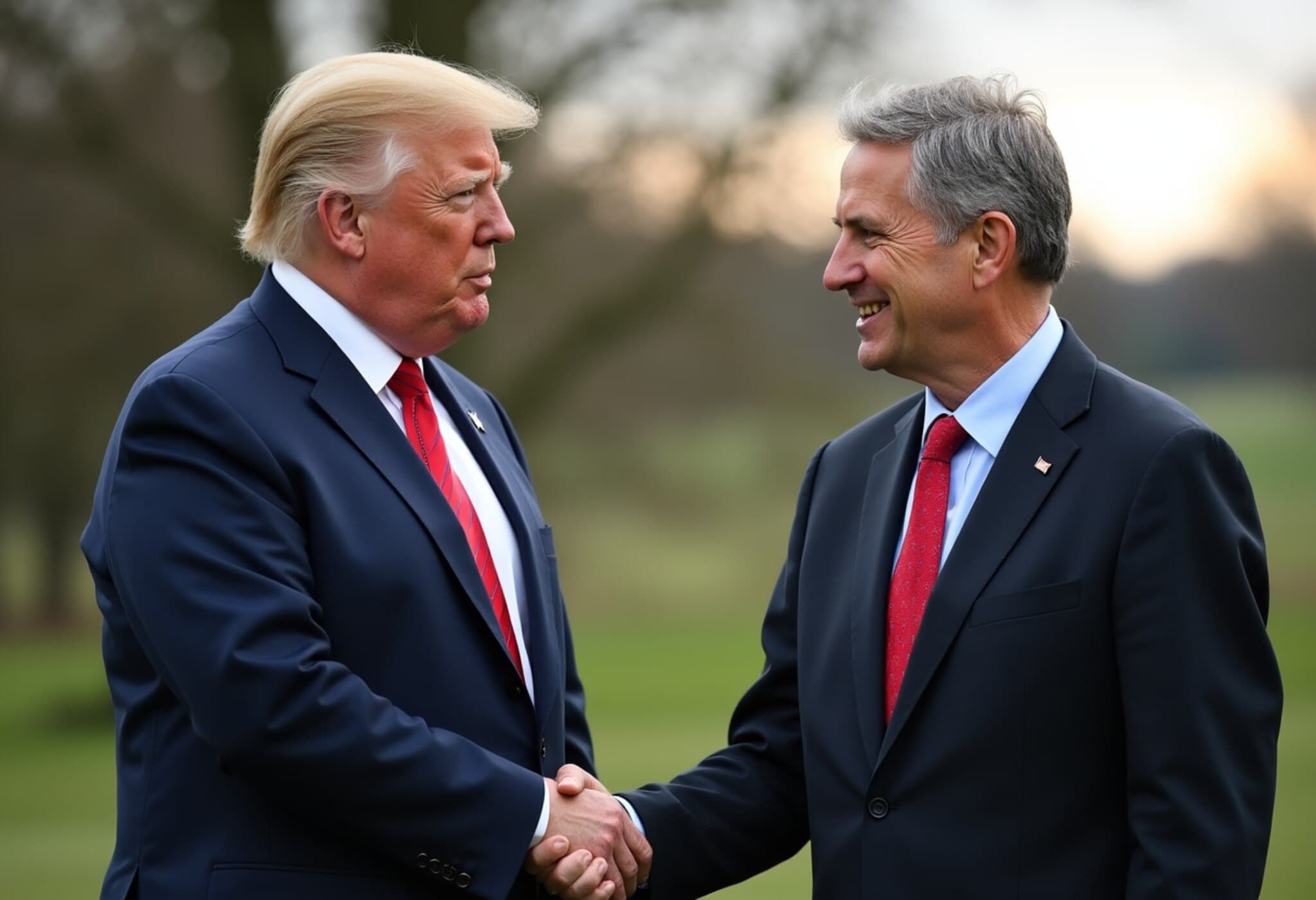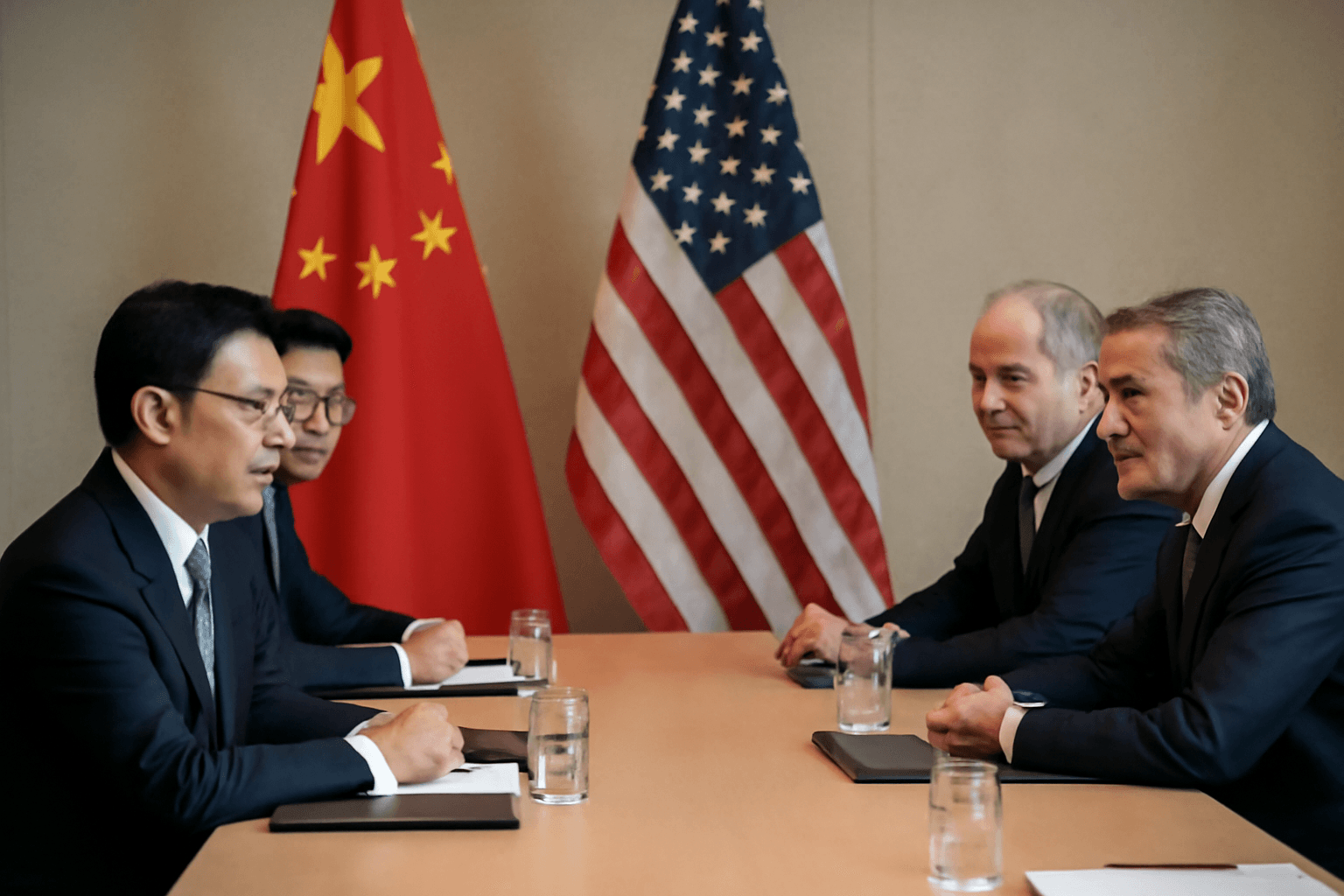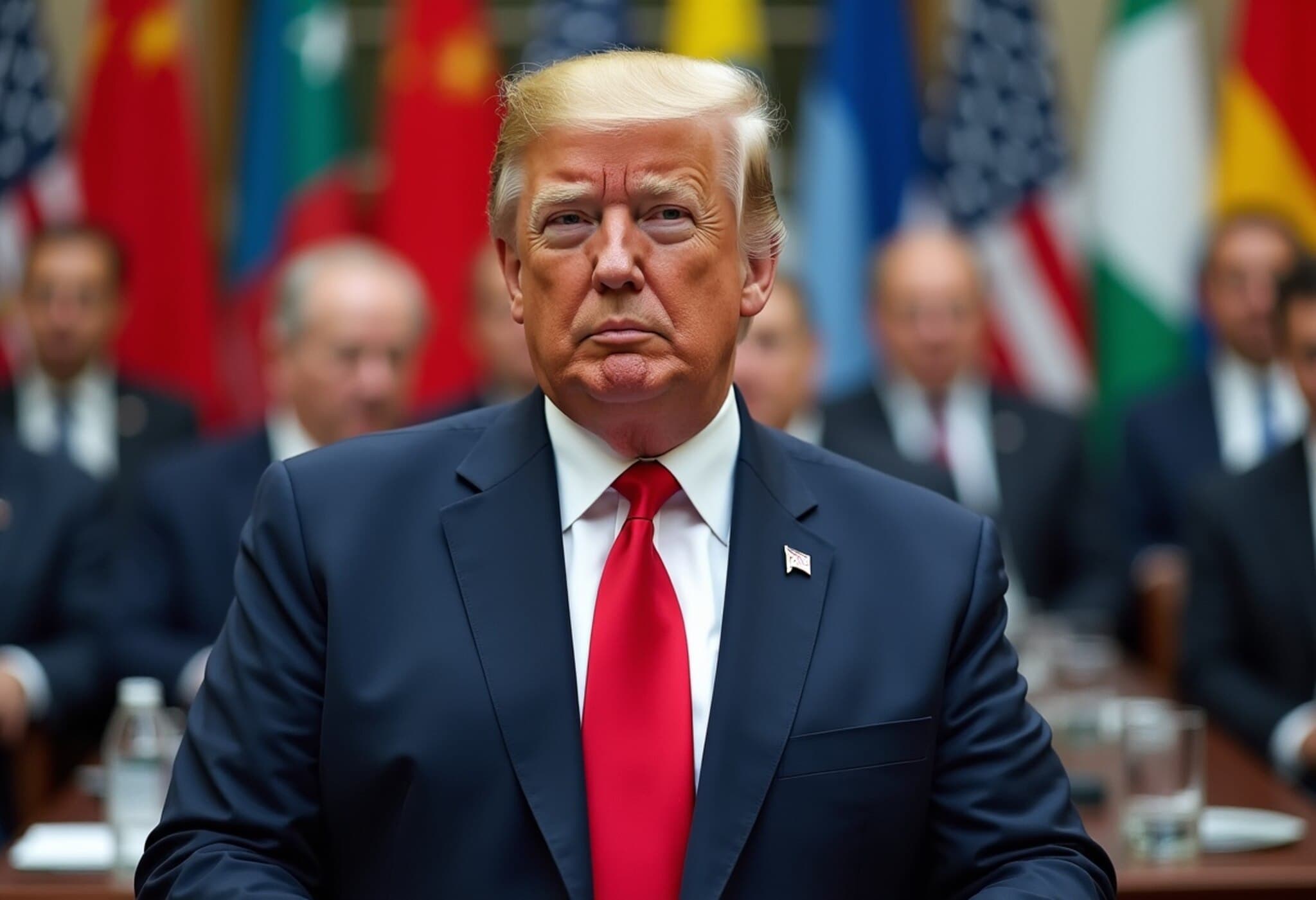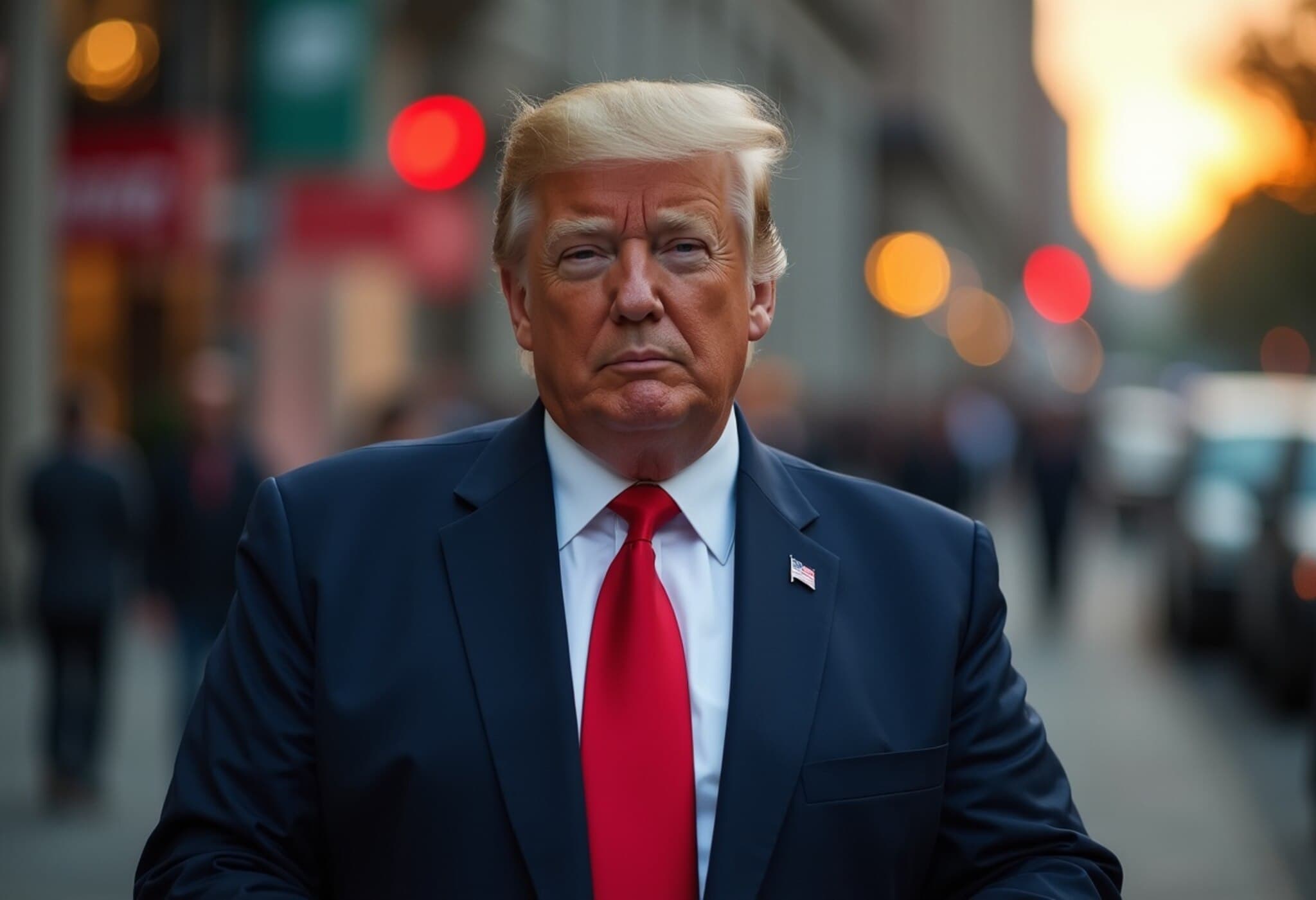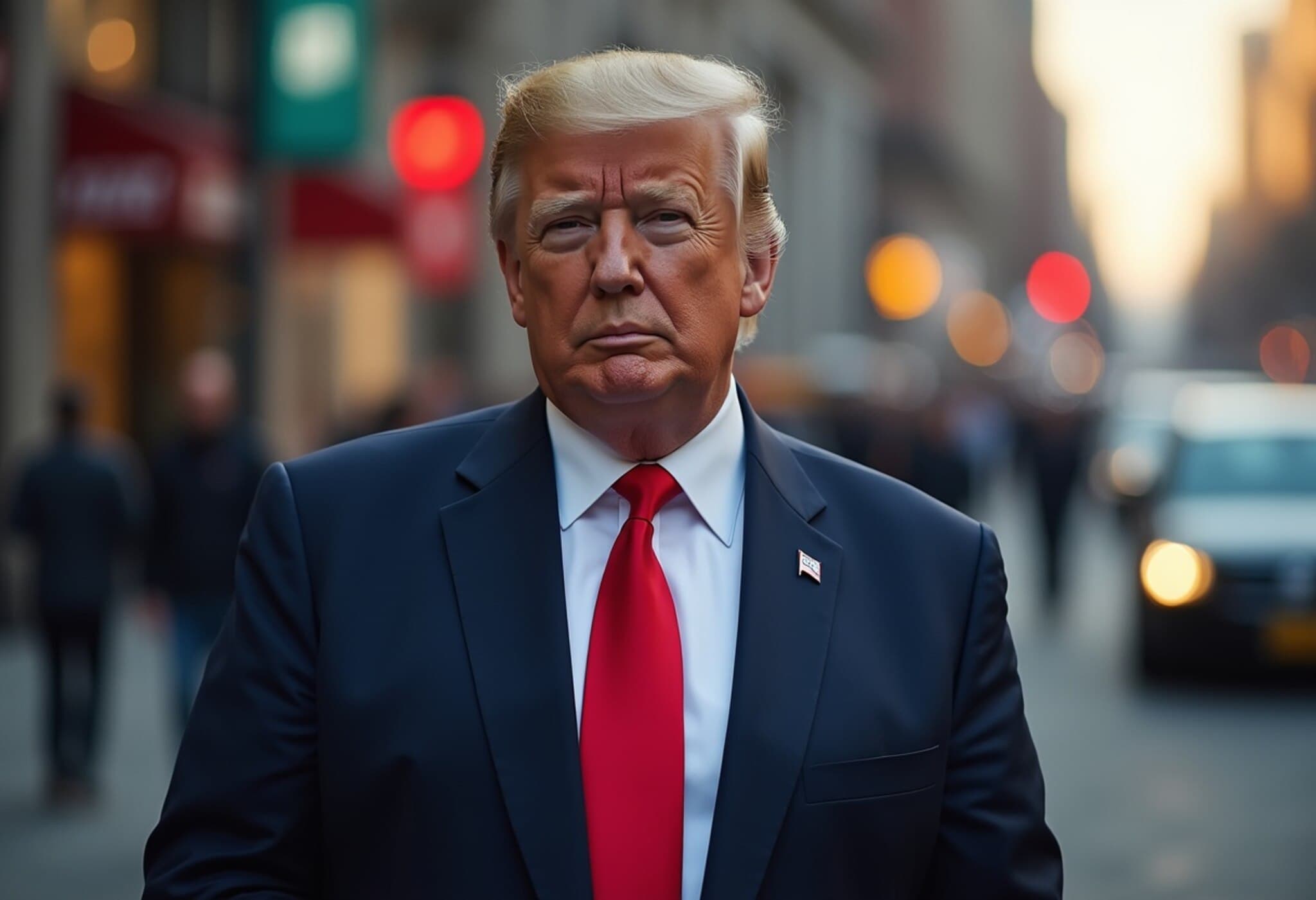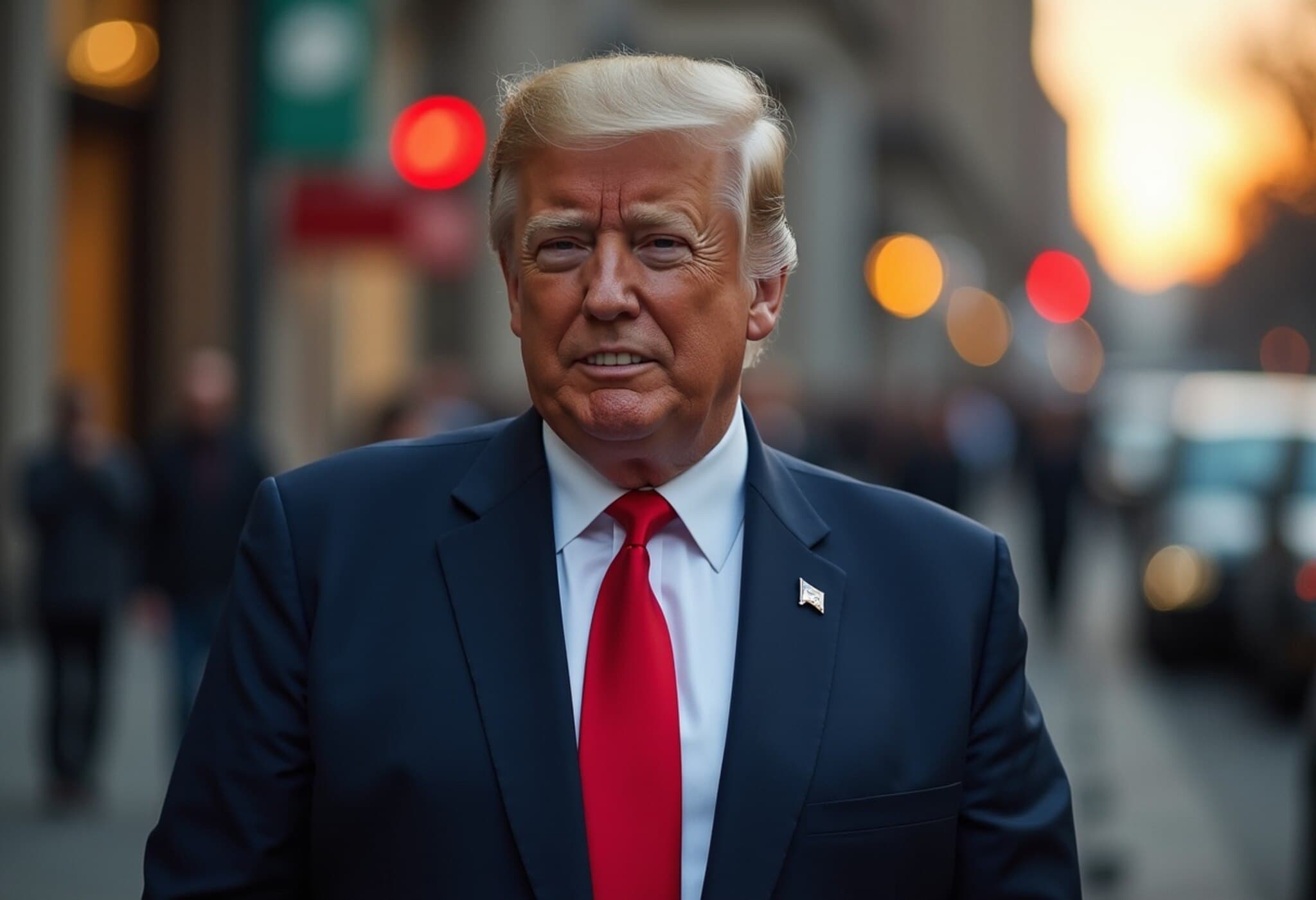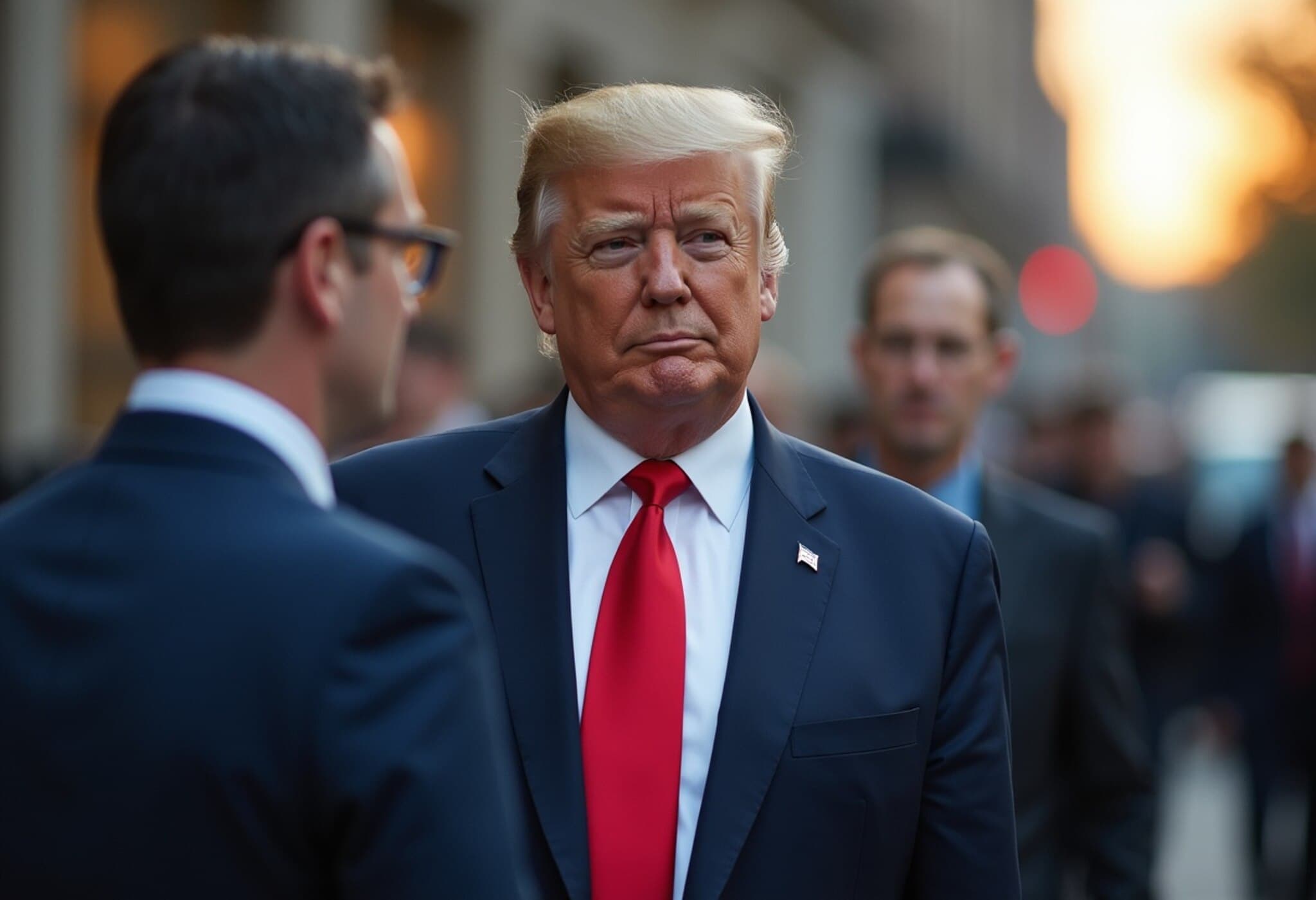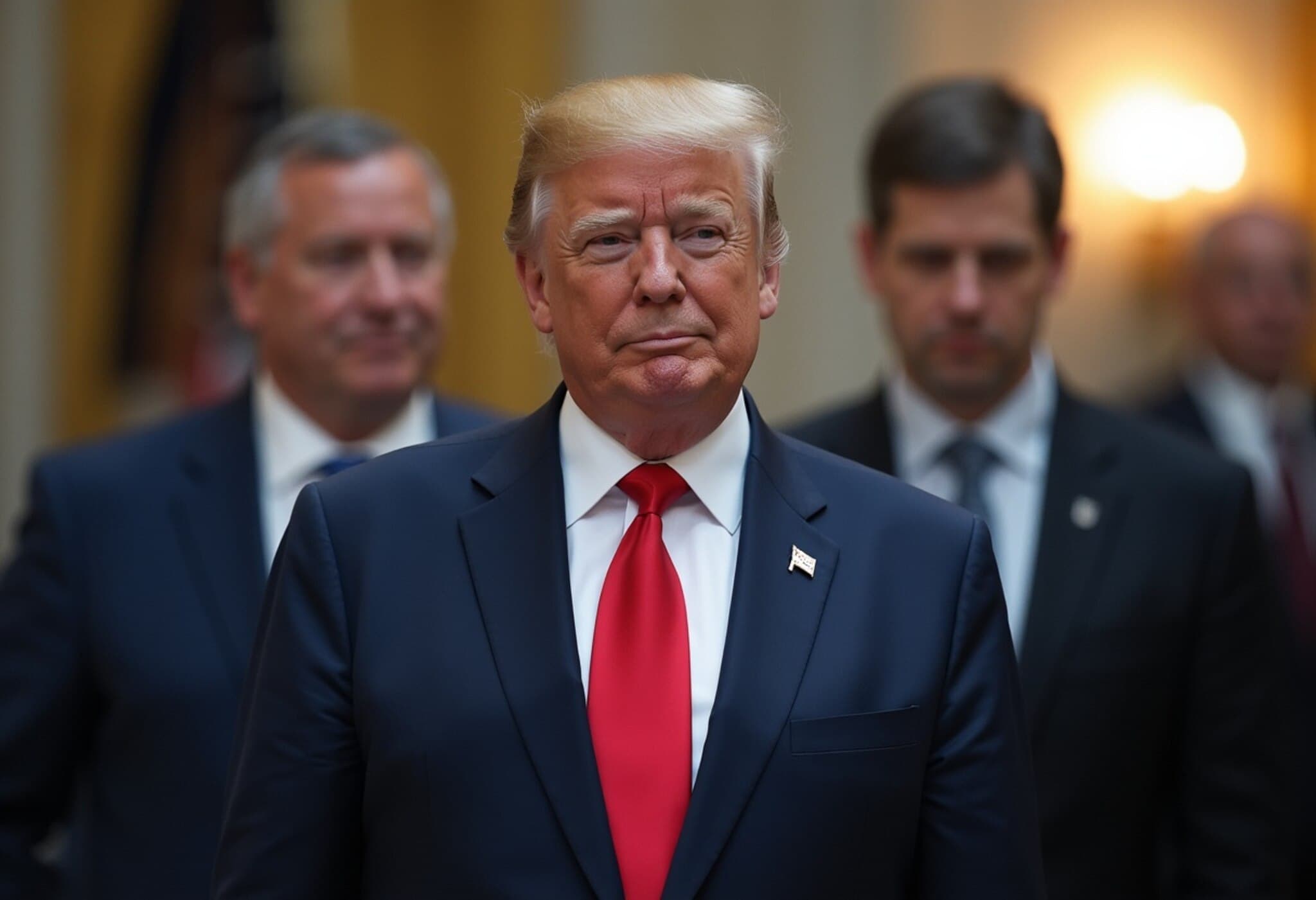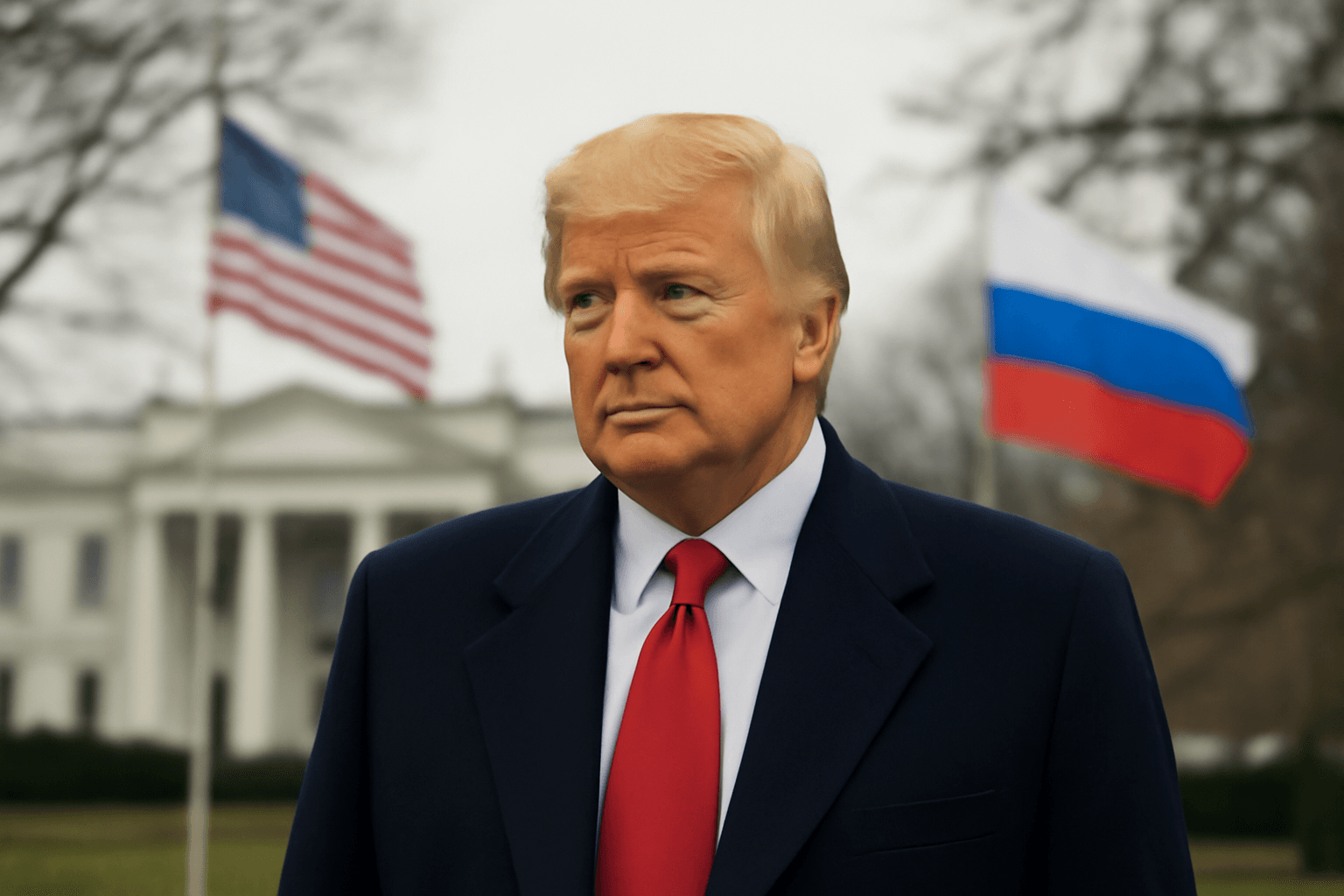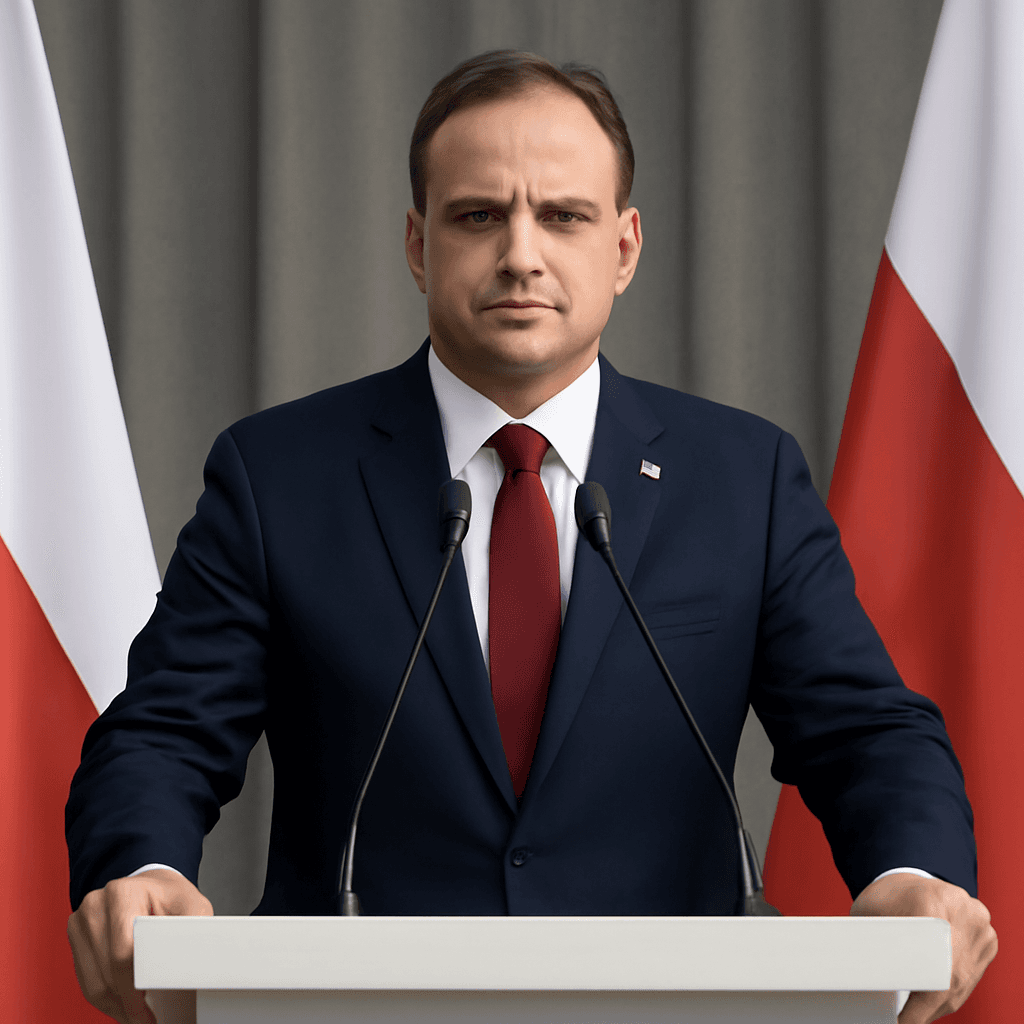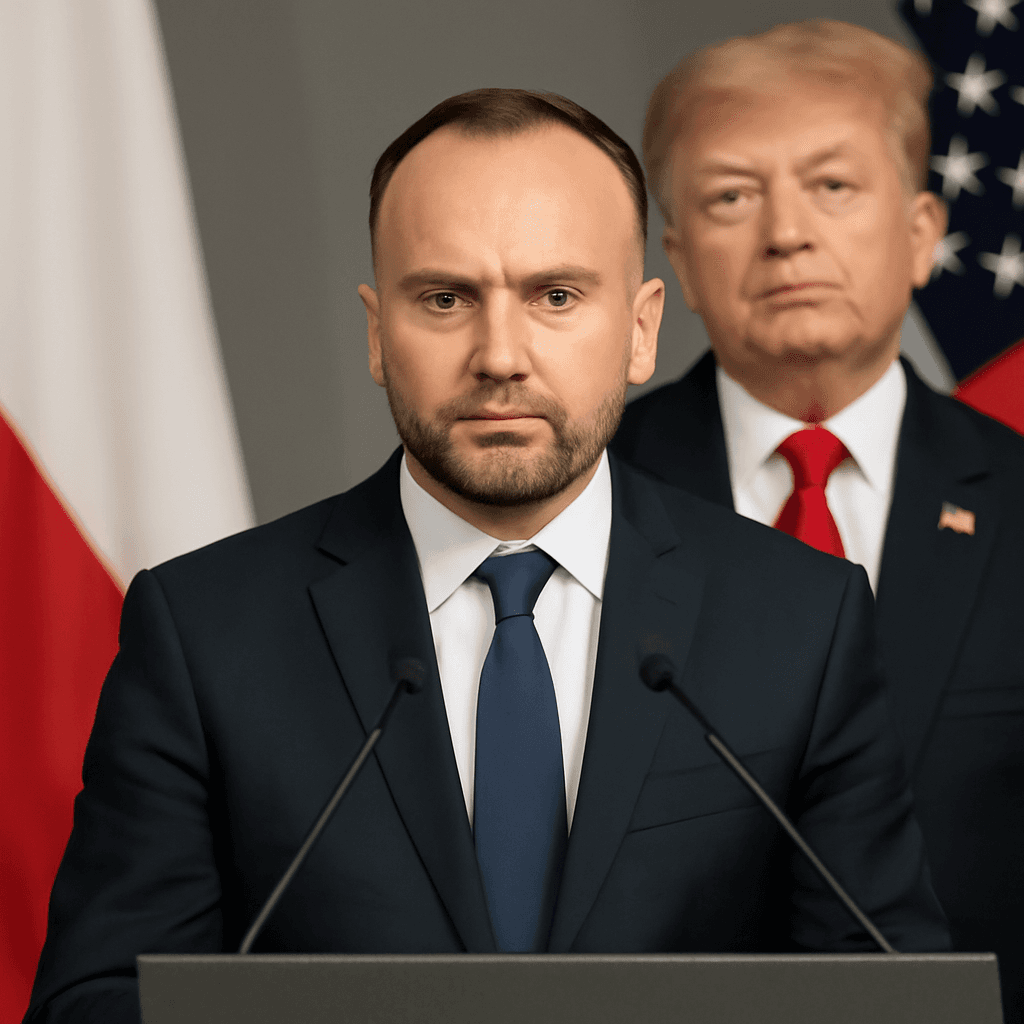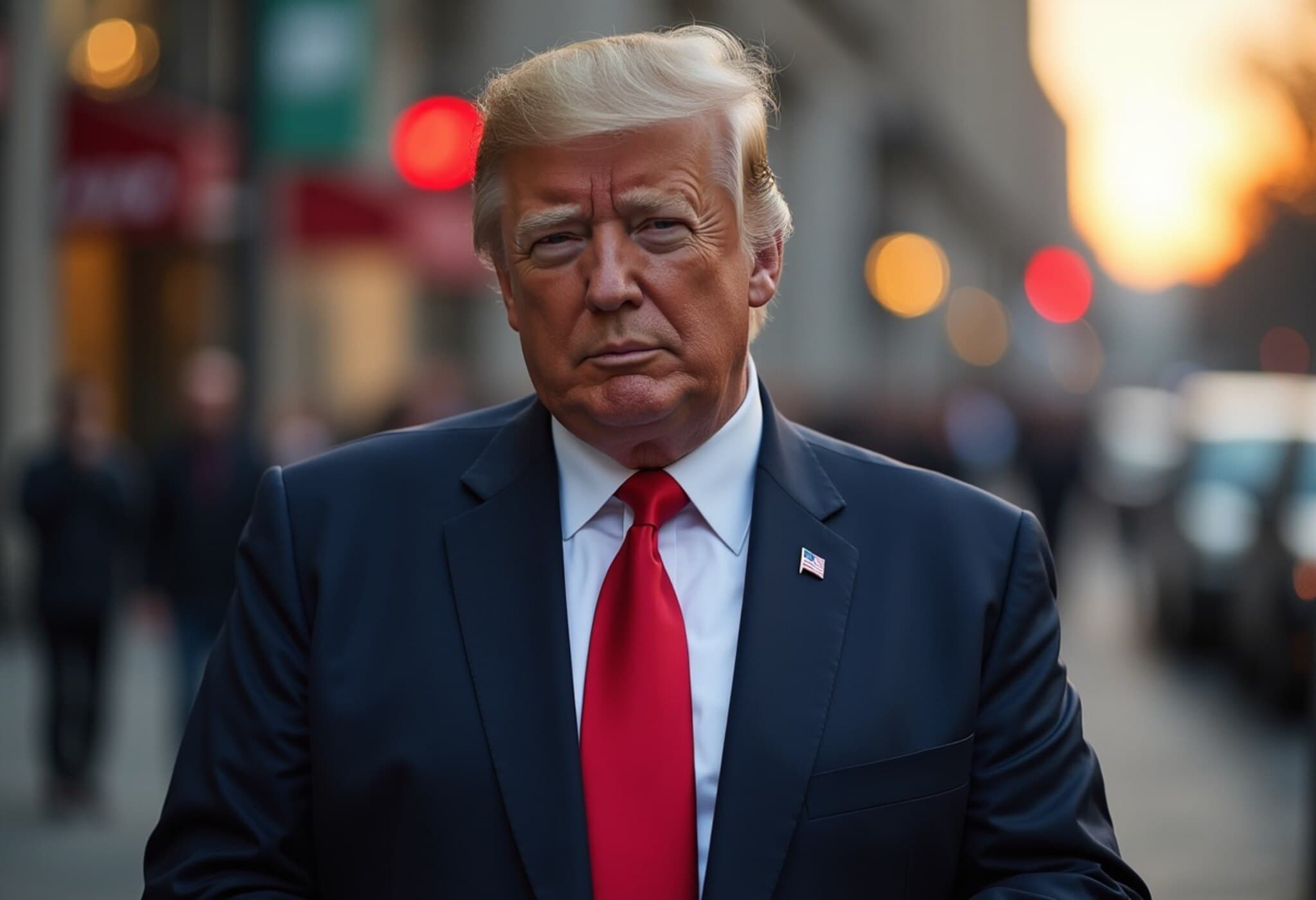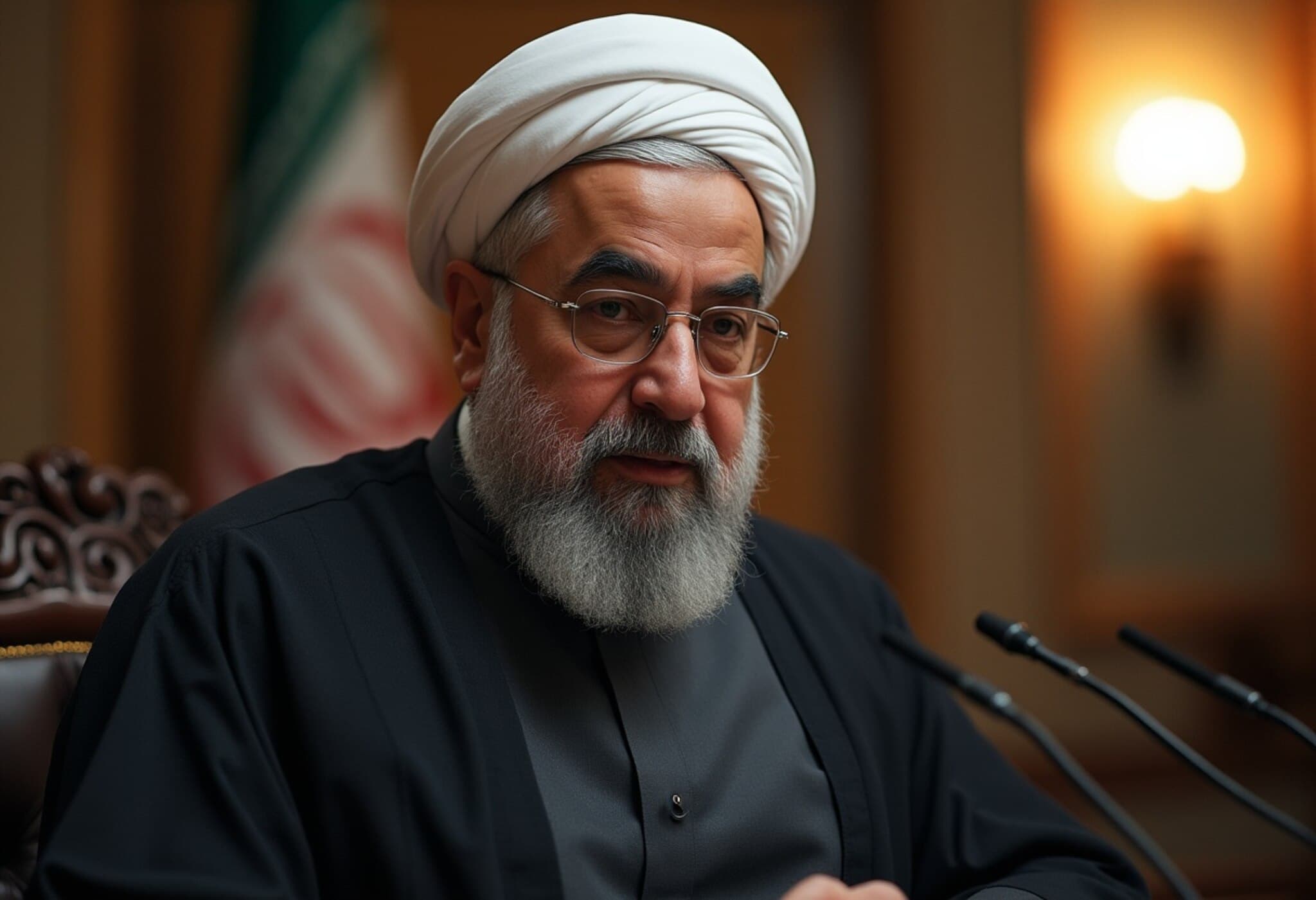US and EU Edge Closer to Historic Trade Agreement
In a high-profile meeting held at the Trump Turnberry golf resort in Scotland, US President Donald Trump and European Commission President Ursula von der Leyen signaled promising progress towards a significant trade deal between the United States and the European Union. Speaking at the outset of their discussions on July 27, 2025, President Trump emphasized that while there remain several challenges, a resolution appears within reach.
Negotiations Focus on Fairness and Market Access
"We’ve got three or four main sticking points," Trump told reporters, highlighting fairness as the primary concern—specifically in the sectors of automobiles and agriculture. These areas have long been at the center of contentious US-EU trade relations, with American exporters often citing restrictive European standards and tariffs as barriers to access.
President von der Leyen, reflecting on the stakes of the negotiation, described Trump as a "tough negotiator and dealmaker," reinforcing the challenges ahead but also underscoring the significance of an eventual agreement. She remarked, "Any deal must be based on fairness and a balanced trading relationship. If successful, this would be the largest trade agreement either of us has ever concluded."
Context and Implications for Global Trade
The US-EU trade relationship is one of the largest economic partnerships globally, underpinning trillions of dollars in annual trade. The talks come amid ongoing global supply chain disruptions and shifting geopolitical dynamics, heightening the importance of clear, balanced trade commitments.
For the US, cracking the European market’s stringent regulatory environment, particularly for agricultural products and automobiles, has long been a priority. Simultaneously, the EU is pushing for equitable terms that avoid undermining its environmental and consumer protection standards.
Experts suggest this emerging deal could serve as a blueprint for transatlantic cooperation, balancing economic growth with regulatory integrity. As trade tensions continue to redefine global alliances, a successful US-EU agreement would signal a commitment to collaboration and mutual economic benefit.
Next Steps in the Negotiation Process
- Ongoing discussions aim to resolve remaining hurdles on tariffs and regulatory alignment.
- Both sides are cautious to avoid new trade barriers amid global economic uncertainty.
- More detailed outcomes from the negotiations are expected in the coming weeks.
While optimism is cautiously buoyed, trade policy analysts warn that intricate details around subsidies, digital services, and intellectual property rights may also emerge as decisive factors as talks progress.
Expert Insight: What This Means for American Stakeholders
From an American economic perspective, an equitable trade agreement with the EU could unlock vast opportunities for farmers, manufacturers, and technology companies alike. Experts note that greater agricultural market access might boost US exports, helping to stabilize domestic farming communities grappling with price volatility.
However, critics emphasize that negotiations must carefully balance economic gains with safeguarding American labor rights and environmental standards to ensure long-term sustainability.
Editor’s Note
The unfolding US-EU trade negotiations stand at a crossroads between fostering economic partnership and navigating complex policy challenges. Readers should watch how these talks evolve, especially as they address deep-rooted issues of trade fairness and market access that affect not just economies, but communities and industries across both continents. Could this landmark deal redefine transatlantic relations for the next decade? Only time – and transparent negotiation – will tell.

